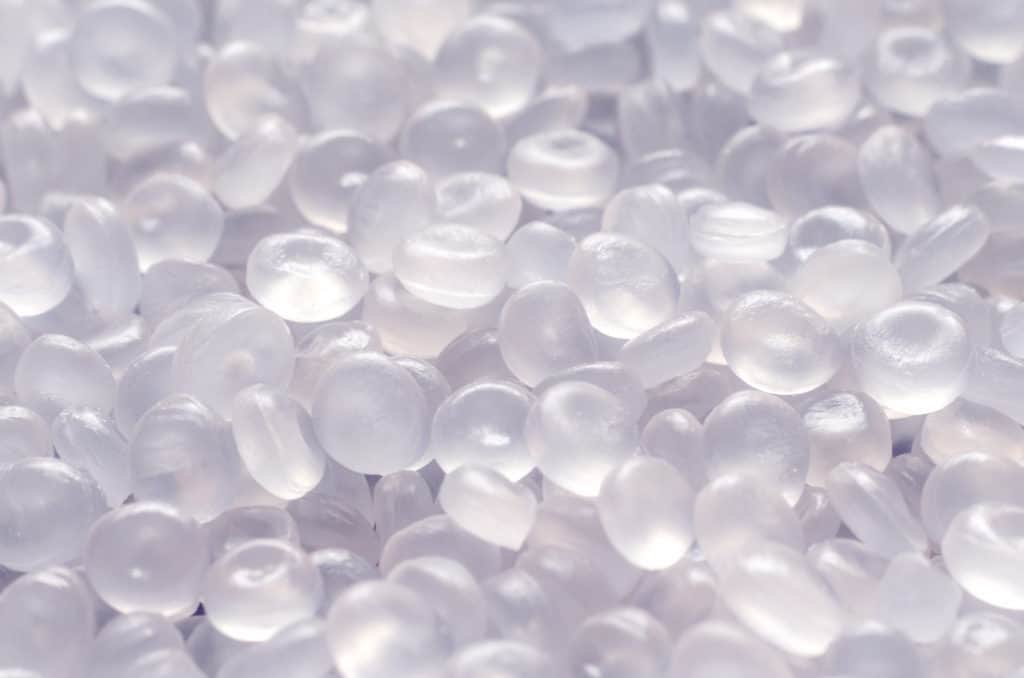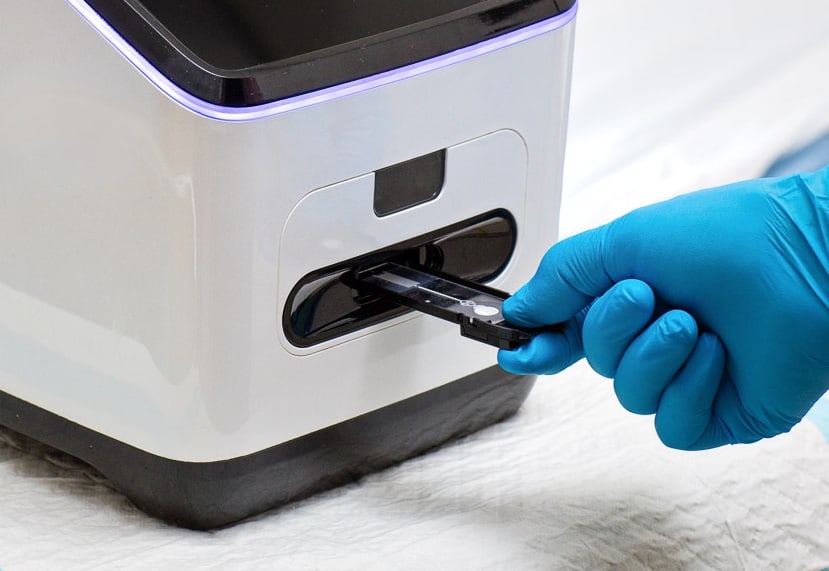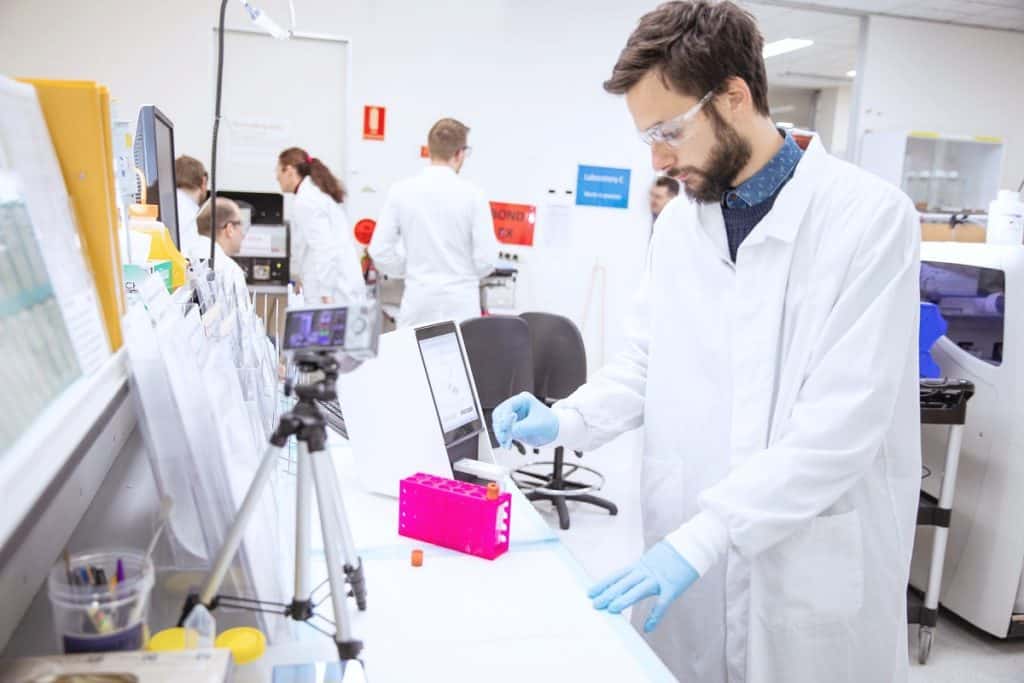Many products fail due to poor usability. Insights achieved from early research into user needs and feedback through formative testing will inform consumable design decisions, surface concerns early, and head off potential problems while they are less expensive to mitigate.
While chemists and other bench scientists may design the original assay, medical assistants, nurses, and possibly patients will be the ones managing the POC test. The final product must be designed with these users in mind. For example, something that may be as simple as loading a sample into the consumable can benefit from user testing. Questions like how much to load, can the user over or underfill, etc. is something that can only be answered by observing real users.
Adopting an iterative process, in which inexpensive prototypes are tested and retested with users, can ensure the device reaches a high standard for usability. Different disciplines should work together as the design comes together – consumable engineers, instrument engineers, industrial designers, human factors engineers, usability engineers, digital designers, embedded software developers, electrical engineers, and molecular scientists may all play a role in bringing a low-cost consumable to fruition.



